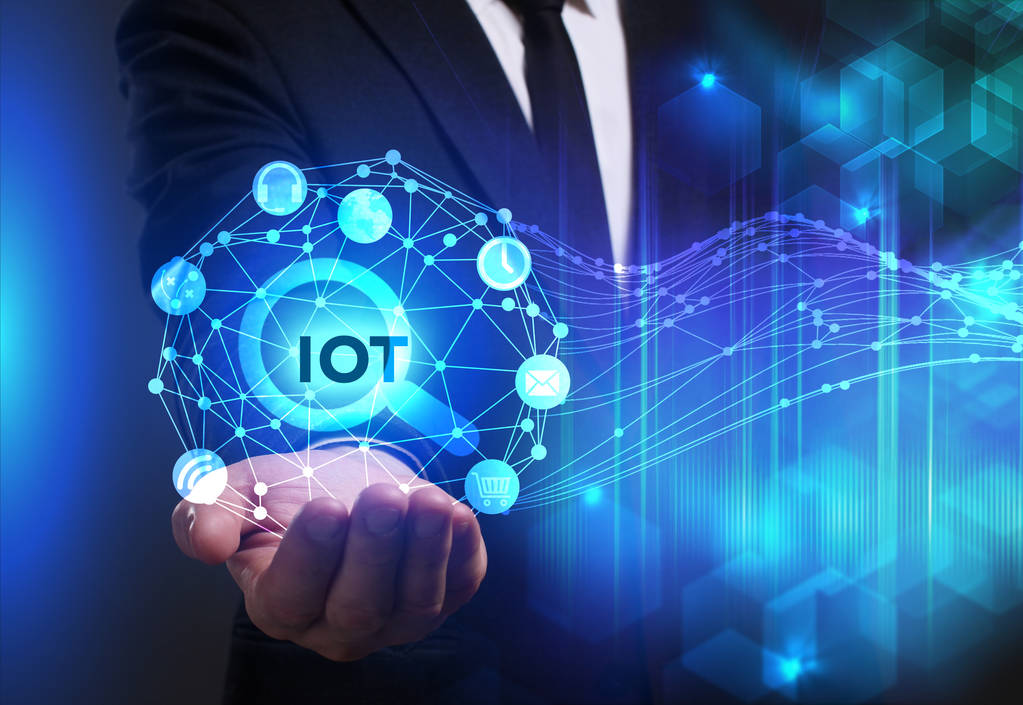By analyzing the real-time data generated by IoT devices, organizations can gain actionable insights to drive informed decision-making, improve operational efficiencies, and create new revenue streams.
By analyzing the real-time data generated by IoT devices, organizations can gain actionable insights to drive informed decision-making, improve operational efficiencies, and create new revenue streams.

The Internet of Things (IoT) has revolutionized the way we interact with the world around us, and the shift to connected devices continues to accelerate. In fact, by 2030,75% of devices are expected to become Iot devices. While these devices generate an staggering amount of data, storing and sharing this data for real-time monitoring and analysis is a significant challenge. Organizations that can leverage the power of these data will be able to identify meaningful insights to make more informed decisions and improve efficiency.
While real-time data sharing with third-party analytics tools and other systems is critical for developing insights, doing so poses challenges such as network latency, bandwidth limitations, and the need to centralize information from multiple locations. Sharing data can pose security challenges, so organizations must take proactive steps to protect their data and networks from potential network threats.
Despite the challenges, the continued growth of IoT devices suggests that the benefits outweigh the disadvantages. Organizations must overcome these challenges and invest in secure, seamless, real-time data-sharing solutions. In this way, they can unlock the full potential of the Internet of Things and gain a competitive advantage in their respective industries.
Technical challenges
Network latency poses significant barriers to real-time data sharing in the Internet of Things, especially for applications that require real-time real-time monitoring or analysis. This challenge becomes more apparent in the low-bandwidth connection scenario, where traditional sensors that cannot manage modern IoT data need to help deal with large amounts of critical data. To address these challenges, organizations can employ data replication strategies.
One way is to utilize data replication tools that can store data locally during undesirable periods of reception. This ensures that critical data is not lost and can be automatically stored, transmitted and processed when the network bandwidth is available. With devices located outside or away from office buildings and lacking Internet infrastructure, it is normal to rely on low-bandwidth networks, such as mobile phone towers, to report data. Furthermore, processing data at the collection point using modern data replication tools enables field data processing, thus allowing the transmission of small batches of highly correlated data, such as aggregated data or abnormal data, rather than all originally collected data.
Finally, relational databases commonly used for data management may not be the best choice for data replication and real-time analysis. Specially constructed time series databases provide superior functionality for managing stream data, making it ideal for real-time monitoring and analysis. These databases treat data as continuous streams that can readily be moved or processed. By combining specially built time series databases with cloud-native approaches, organizations can access unlimited storage and processing resources, thus enabling seamless scalability and efficient management of network latency challenges.
Centralisation challenge
Centralization is another important issue in iot data, especially for large manufacturing companies or utilities that have been operating for many years. Over time, these organizations typically build or acquire sites and implement data systems by different teams using different technologies and processes. Exporting data from each site often requires several semi-manual steps that are incompatible with real-time analysis. Once data is collected within organizational wide, extensive cleanefforts is required to adjust the data and convert it into a format that can be shared with other tools or systems.
The good news is that new technologies and methods enable organizations to address these challenges without having to completely dismantle and replace existing infrastructure. Even in an infrastructure often seen as "closed" systems, the new API and data connectors can work with traditional data historians to pool data from multiple sites and automatically resolve the inevitable data alignment issues. After data cleaning, the data subscription service enables system administrators to finely control who can access the data, including restrictions on specific database segments. By adopting these tools, enterprises can pool their data-sharing systems and ensure that their devices work efficiently together.
safety problem
With the ease to access and share data with multiple parties, the explosion of data generated by IoT devices has exploded, raising serious global security concerns. Specifically, data privacy, because connected devices create many entry points, may make sensitive information vulnerable to hacking.
It has even become a national priority. Recently, the White House has taken a more positive stance, prioritized protecting the Internet of Things, and outlined plans to improve its security measures in the latest national cybersecurity strategy. These actions are designed to strengthen cybersecurity measures and protect the data privacy of IoT devices. Organizations must proactively invest in strong equipment safety measures and comply with newly introduced guidelines to effectively protect and empower their data.
Although local systems have historically been viewed as the gold standard for security, there is still debate over whether they have been surpassed by the cloud products of Amazon, Google, and Microsoft. These big tech companies have plenty of security experts and invest huge resources to protect their customers' data. By adopting strong security measures and exploring secure cloud products, enterprises can lay a solid foundation for protecting their IoT devices and reducing security risks.
Interoperability challenge
Interoperability is also critical for the seamless operation of IoT devices and systems. With the increasing number of IoT devices, standardized communication protocols are urgently needed to facilitate interoperability between devices and systems. Lack of standardization may hinder data sharing between devices and systems, thus hindering the potential of IoT. Organizations can leverage open standards such as MQTT and CoAP to overcome this challenge to enable cross-platform communication between devices and systems.
The amount and speed of data generated by IoT devices can be overwhelming, making it difficult for organizations to extract meaningful insights. However, integrating advanced analysis supported by machine learning can help organizations understand data and gain valuable insights. By analyzing the real-time data generated by IoT devices, organizations can gain viable insights to drive informed decision-making, improve operational efficiency, and create new revenue streams.
Real-time data sharing in the Internet of Things offers great potential for organizations to drive meaningful insights and gain a competitive advantage. However, it also presents the huge bandwidth, centralization, and security challenges that must be addressed. By investing in new IoT connectors, implementing standardized communication protocols, adopting advanced analytical tools, and prioritizing security and compliance, organizations can overcome these challenges and unlock the full potential of the IoT.
Contact: Qui
Phone: 18146178586
Tel: 18146178586
Email: qui@zonewu.com
Add: 1501-3, Building F03, Phase III, Software Park, Jimei District, Xiamen City, Fujian Province, China
